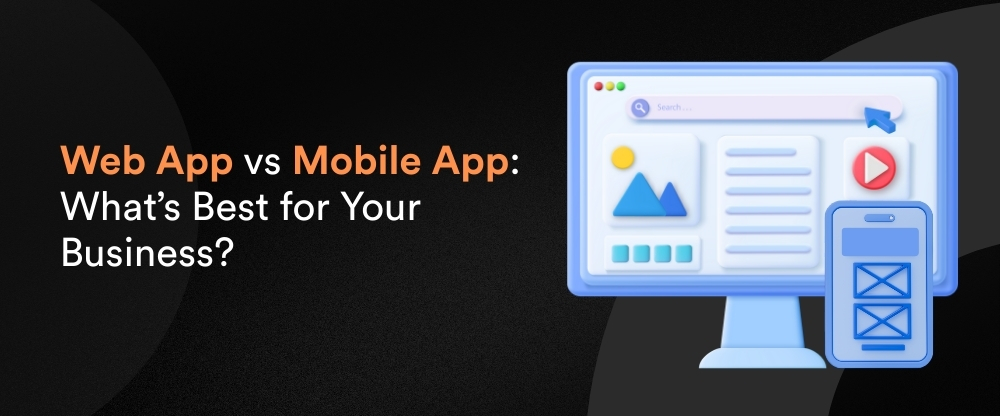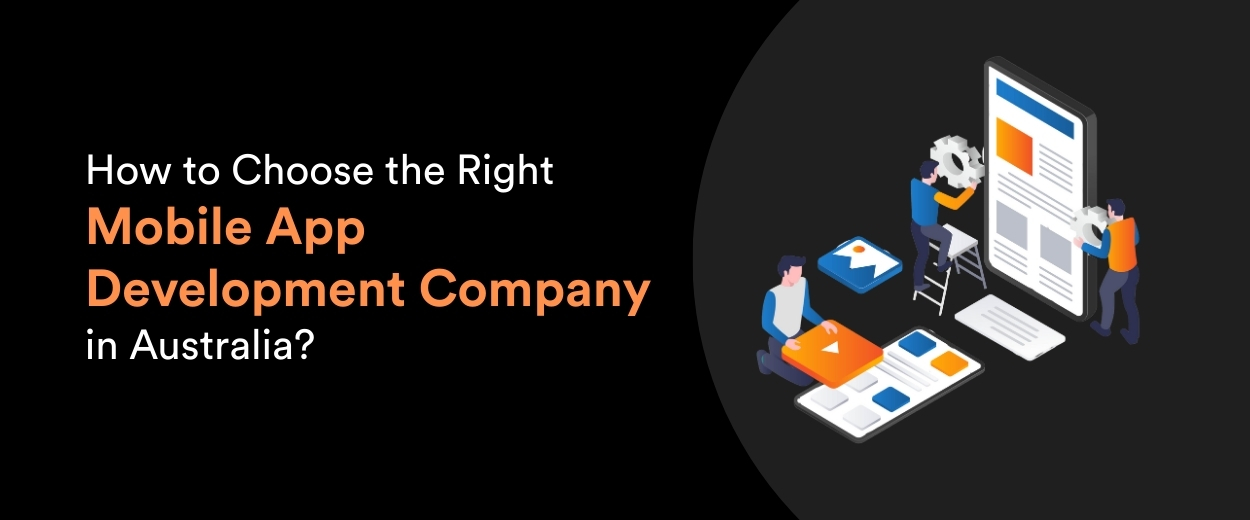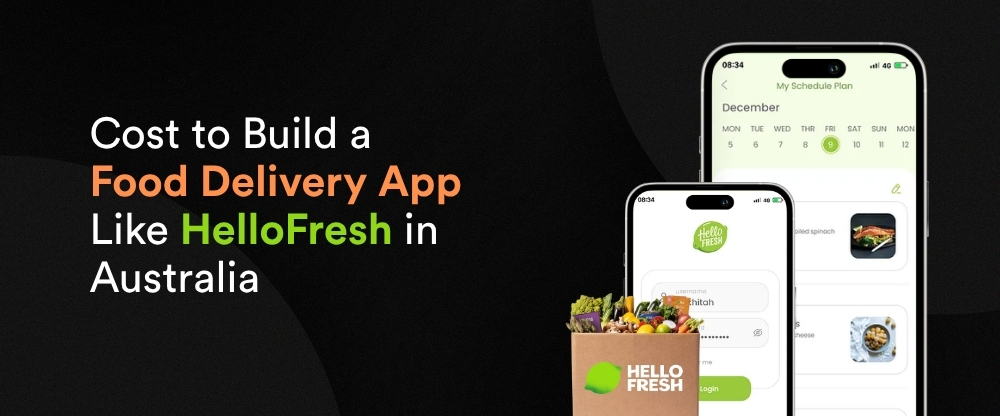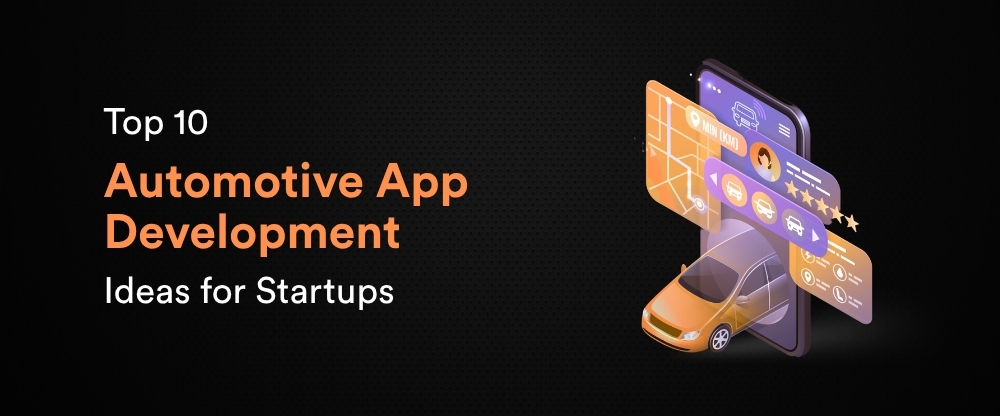
E-Commerce App Development in Australia: Key Features and Costs Explained
Australian shoppers have moved on from desktop browsing. They’re buying everything on their phones. Mobile commerce now accounts for nearly 60% of online sales. Retailers without mobile apps are simply invisible to a massive chunk of potential customers.
But here’s where most businesses get it wrong. They think any app will do. Put together some product pages, add a checkout button, and you’re done. That approach fails every single time. Good apps solve real problems.
A decent mobile app development company gets this. They figure out which features will actually drive sales versus which ones just eat up budget. Understanding e-commerce app development cost upfront prevents nasty surprises six months in. And that’s what this blog is about.
Features That Separate Successful Apps from Expensive Mistakes

Navigation and Search
Search bars need to be smart. It must have autocomplete that actually predicts what people want. Filters that narrow down 10,000 products to the right 10. Voice search for people who can’t type while holding coffee. Bad navigation is like a messy store where nothing’s labeled. People walk out.
Meaningful Recommendation Engine
Generic “You might also like” sections are lazy. Modern apps use browsing history, past purchases, and even time of day to suggest products.
Someone browsing baby products at midnight? They’re probably sleep-deprived and ready to buy anything that promises an extra hour of rest. This isn’t creepy, it’s helpful when done right.
Checkout Without the Headache
Most cart abandonment happens because checkout feels like filling out a mortgage application.
Here’s what works:
- Guest checkout is always available
- Save payment info for next time
- Apple Pay, Google Pay, card payments, PayPal, Afterpay
- Two taps maximum from cart to confirmation
Every extra field costs sales. Keep it simple or risk losing customers to competitors who do.
Filtering for Large Catalogs
Fashion retailers with 5,000 products need serious filtering power. Customers want to sort by:
- Price ranges they can actually afford
- Sizes that fit
- Colors they like
- Brands they trust
Without this, shoppers drown in options and buy nothing.
Smart Push Notifications
Most apps abuse push notifications. Customers delete those apps within a week. Good notifications are personal and timely. That jacket in the cart just dropped 30% in price. An order just shipped and will arrive tomorrow. The goal is relevant notifications.
Wishlists That Convert
Wishlists are shopping lists for people waiting for the right moment. Smart retailers track wishlist items and send alerts when prices drop. That gentle nudge converts browsers into buyers.
Loyalty Programs That Feel Worth It
Points programs only work if customers can actually use the points. Earning 1 point per dollar and needing 10,000 points for a $10 discount feels insulting. Better approach: 5% back on every purchase, exclusive early access to sales, and free shipping after your third order. Tangible benefits people notice immediately.
Order Tracking
“Where’s my order?” emails waste time on both ends. Real-time tracking from warehouse to doorstep answers this question automatically. Customers see exactly where their package is. They know if it’s delayed. They can plan to be home when it arrives. Simple transparency that builds trust.
Security That Actually Protects People
Data breaches destroy businesses overnight. Payment gateways need proper encryption. Customer data needs secure storage. Apps need to comply with Australian privacy regulations. Cutting corners on security to save $5,000 in development costs is the fastest way to lose $500,000 in lawsuits and lost business.
Admin Dashboards for Business Intelligence
Owners need to see what’s working and what isn’t. Which products sell best at which times? Which marketing campaigns drive actual purchases? Which customers are about to churn? Good dashboards answer these questions at a glance.
E-commerce App Features: Impact Breakdown
Feature | Purpose |
Personalised Recommendations | Show relevant products based on behavior |
Multi-Payment Gateway | Accept all popular payment methods |
Push Notifications | Timely, targeted updates |
Loyalty Programs | Reward repeat customers |
Analytics Dashboard | Track performance metrics |
Secure Gateway | Protect customer data |
What Actually Determines E-Commerce App Development Costs?

App Complexity
A basic store app is straightforward. Multi-vendor marketplaces are different ecosystems entirely. Complexity multiplies fast, and so does the app development cost.
Platform Decisions
Native iOS and Android apps perform best. But developing twice, once for each platform, costs roughly double. Cross-platform frameworks like React Native or Flutter save money. Performance takes a slight hit, but the difference is negligible. Budget often dictates this choice.
Design Investment
Template-based designs are cheap, but they look generic. Custom design costs more upfront. But it makes apps memorable. It matches brand identity instead of fighting it. The ROI on good design shows up in conversion rates.
Integration Requirements
Apps rarely exist in isolation. They need to connect with:
- Payment processors
- Shipping APIs
- Inventory management systems
- Email marketing platforms
- CRM tools
Each integration takes development time and testing to ensure data flows correctly. More integrations mean higher costs but also more functionality.
Ongoing Maintenance
iOS and Android release major updates yearly. Users report bugs that need fixing. Competitors add features and security patches that customers start expecting everywhere. Plan on spending 15-20% of the initial development cost each year just keeping things running smoothly.
Cost Estimates for Australian E-Commerce Apps
App Type | Price Range (AUD) | Timeline |
Basic Storefront | $20,000 – $40,000 | 2–3 months |
Mid-Level Custom App | $40,000 – $70,000 | 3–5 months |
Advanced Marketplace | $70,000 – $120,000+ | 5–8 months |
Why Should You Hire a Sydney-based Mobile App Development Company?

A mobile app development company in Sydney understands Australian consumer preferences. They know which payment methods Aussies actually use. They’re familiar with local compliance requirements.
Time zone alignment means real conversations happen during normal business hours. No waiting 14 hours for email responses.
Mobile app development Sydney based firms also understand the local market landscape. They know what competitors are doing. That institutional knowledge saves time and money.
🎧 Podcast: E-Commerce App Development in Australia: Key Features, Costs & Conversion Secrets

Prefer to listen? In this episode, our AI specialists unpack how agencies are using artificial intelligence to win more listings, price properties accurately, and cut down admin time. We share real examples from Sydney agencies and explain how to get started without overwhelming your team.
🎙 Tune in to see why AI is the new edge in real estate.
Final Thoughts on E-Commerce App Investment
The retailers dominating Australian e-commerce right now all have excellent mobile apps. And app development services let you build something customers actually want to use. Leverage our expertise to kickstart your business story with end-to-end techno-creative support. Get in touch with our experts now!
Frequently Asked Questions (FAQs)
Portfolio matters most. Look at the actual e-commerce apps they’ve built. Talk to their previous clients if possible. Ask specific questions about challenges and how they were handled. Transparent pricing from the start prevents ugly surprises. Make sure the company offers maintenance packages.
Basic apps take 2-3 months from kickoff to app store approval. Mid-complexity projects need 3-5 months. Advanced platforms require 5-8 months or more.
Entry-level e-commerce apps start around $20,000 in Australia. Most businesses need mid-range apps ($40,000-$70,000) to compete effectively. Advanced platforms with marketplace functionality, AI recommendations, and complex integrations push past $100,000 easily.
Four factors drive pricing more than anything else:
- Design complexity
- Feature count
- Platform choice
- Integration depth











